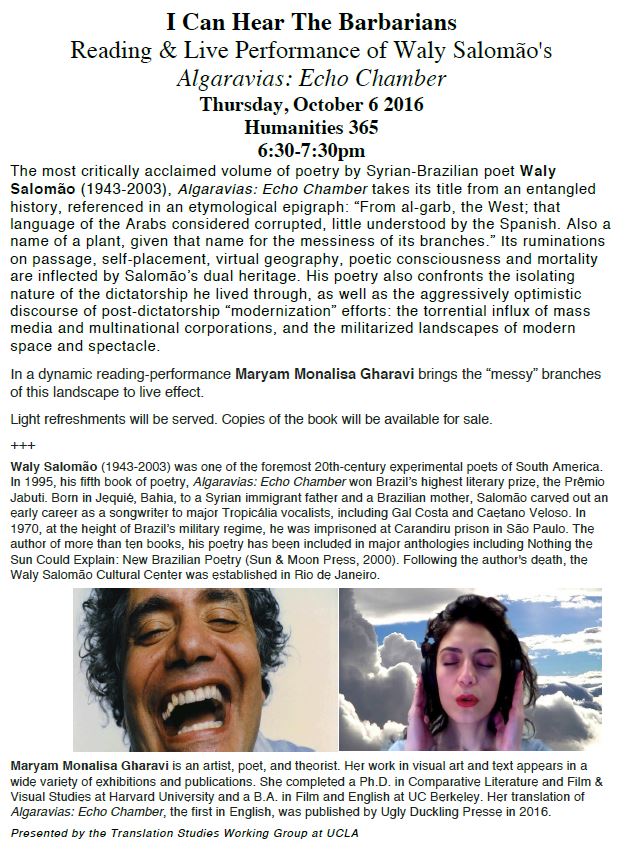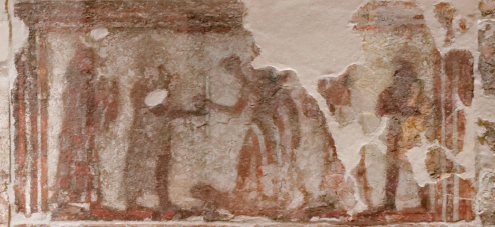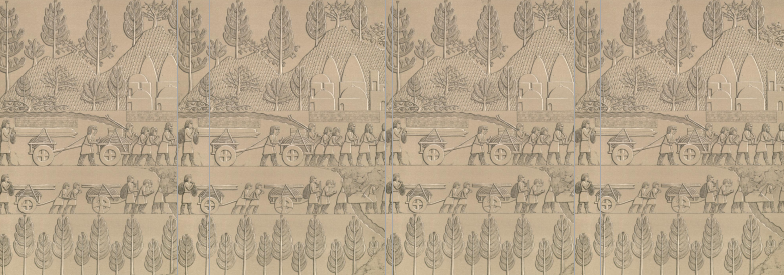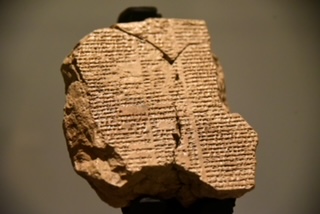Assyriology
I Can Hear The Barbarians
NELC Seminar Room (Humanities 365) 365 Humanities , Los Angeles, CA, United StatesNew Light on the Egyptian Origin of the Hebrew Alphabet
Young Research Library (YRL) Room 11360 280 Charles E Young Dr N , Los Angeles, CA, United StatesThe publication of a new inscription from Theban Tomb 99 sheds new light on the early history of the Hebrew Alphabet. This ostracon is a bilingual “abecedary” written in Egyptian Hieroglyphic and Semitic. It gives further evidence for an Egyptian connection to the origins of the early Hebrew alphabet. Sponsored by the UCLA Near Eastern...
John of Litharb (d. 738 CE), On the Soul: A Previously Unknown Syriac Treatise and the New Light it sheds on Islamic Kalām, on Byzantine Theology, and on Syriac Psychology
Kaplan Hall 365John of Litharb is a fairly well-known Syriac author from the turn of the seventh-and-eighth centuries, who participated in a robust circle of intellectual Christian theologians, historians and philosophers. Although he is known to have authored several important works, due to the accidents of manuscript transmission, only one very short letter of his was thought...
Applying for Jobs and Life After the Dissertation
Kaplan Hall 365Join NELC faculty Dr. Cate Bonesho, Dr. Kara Cooney, and Dr. Bill Schniedewind for a workshop and discussion of applying for jobs and life after the dissertation. Event Flyer RSVP Below:
Resource Mobilization, Social Engineering, and Opportunism: The Revival of Larsa in Nebuchadnezzar’s Babylonian State Project
365 Kaplan HallWhen a Babylonian and Median coalition put an end to Assyrian domination over the Ancient Near East in the late 7th century BCE, the Babylonian kings set about to revitalize the heartland of their new state, the Neo-Babylonian empire. One of the cities that benefited from this imperial program of rebuilding and land reclamation was...
Episodes from the Early History of Knowledge: Instruction Manuals in Cuneiform Scholarship
Royce 243This talk examines the early history of the instruction manual, focusing on cuneiform texts identified as technical procedures. Addressed to “you” as the grammatical subject, procedures—in Akkadian, nēpešum, from the verb epēšu "to make, compute”— encompassed topics ranging from mathematics, glassmaking, horse-training, perfumery, medicine, and astronomy. Over the course of two millennia, procedures would develop...
Creating the Cult of a Goddess: Politics and Religion at Mari in the Old Babylonian Period
Fowler A222 308 Charles E Young Dr N, Los Angeles, CA, United StatesTraces of ancient Mesopotamian religion have been discovered by archaeologists working across the modern Middle East—temples and other religious structures, worn by time; small fragments of once-opulent cult statues and temple furnishings; clay tablets inscribed with stories of and hymns to the gods; and mundane records of administrators, concerned with tracking the many cults that...
People of Empire: Assyrianness Through the Looking-Glass of the Neo-Assyrian State
In the first half of the first millennium BCE, the Neo-Assyrian state forged what Mario Liverani has called the world's "prototype empire". Empires are often associated with imperial peoples: a core population that maintains its distinctiveness and enjoys a privileged position within the imperial structure. Were the Assyrians such a people? The Neo-Assyrian state apparatus...
Gilgamesh and the Translation of Philological Crises
Kaplan Hall 365This year, the Babylonian epic Gilgamesh celebrates the 150th anniversary of its modern rediscovery in 1872: since then, the epic has swept like a Flood through the literary world, and it continues to be celebrated as the oldest entry in the literary canon. In this talk, Sophus Helle offers an introduction to the epic and...









